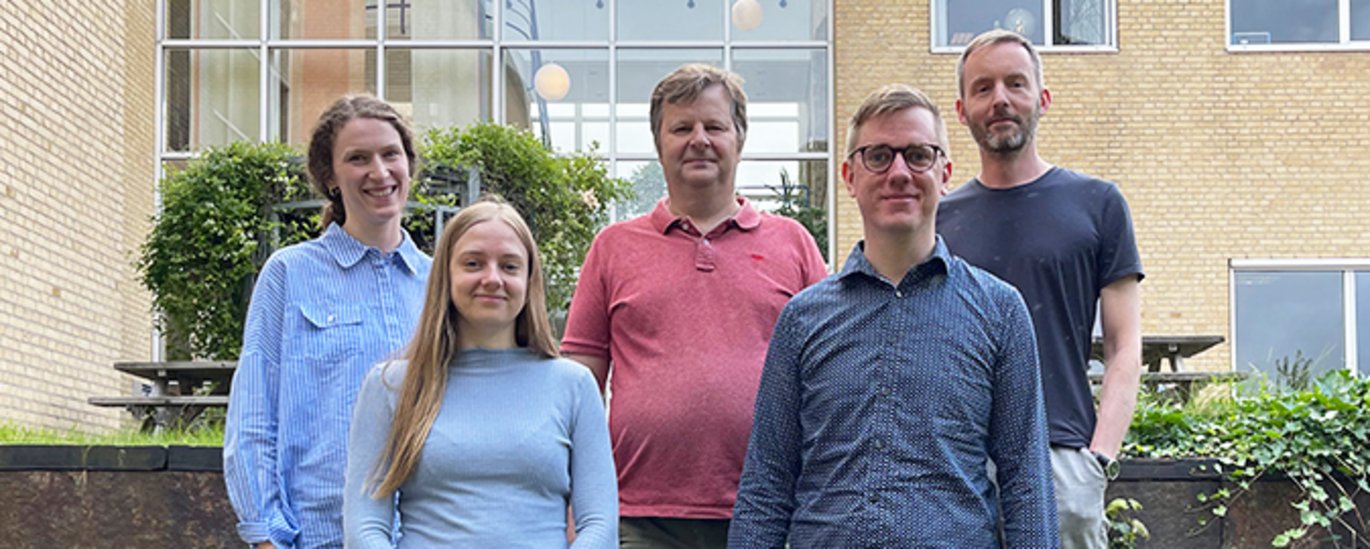Fruit flies can pave the way for better understanding of the human immune system
The human body's attempt to eradicate invading viruses can eventually become fatal. With the current Covid-19 pandemic, it is in many cases hyperinflammation and cytokine storm caused by the viral infection that kill patients. Perhaps a deeper understanding of the immune system of fruit flies will enable us to develop strategies that slow down the inflammatory component of the human immune system without reducing the antiviral effect.

When looking more generally at the way humans and fruit flies deal with viral infections, it becomes clear that two fundamentally different strategies are used. Where the human immune system seeks to eradicate the virus from the body, the fruit flies try to survive as long as possible despite the viral infection. For people who can live for many decades and spend years becoming sexually mature, it may pay to eliminate viral infections completely. For fruit flies that reach sexual maturity in a few weeks, it is just a matter of extending their lifespan by a few days - just long enough to put the next generation into the world.
By studying how fruit flies handle a viral infection, researchers may be able to find another way to fight viral infections in the future.
Studies of fruit flies' handling of viral infection
The most well-known form of immunity to viruses in fruit flies is called RNA interference (RNAi), in which insects use small pieces of the virus' own RNA sequence against the virus. The small RNA sequences are part of a cellular machinery that directly targets and fights the virus multiplication in the infected cells. This is in contrast to the innate immune system in humans, where viral RNA or DNA is recognized by receptors, which then initiate the expression of antiviral and inflammatory genes. Among other things, these genes shut down the cell, and the virus multiplies in the cell and form signaling substances - cytokines - which warn the surrounding cells. For some time, there has been evidence that gene responses are also part of the antiviral immune system in insects, but until recently, the receptors involved have been completely unknown. In the article "Two cGAS-like receptors induce antiviral immunity in Drosophila", the authors show that fruit flies have two proteins that are related to human antiviral receptor cGAS.
The two fruit fly proteins, called cGLR1 and cGLR2, play a significant role in the survival of fruit flies during certain viral infections. When a virus infects a cell in the fruit fly, double-stranded RNA is formed, and it detects cGLR1. As a result, cGLR1 produces a warning substance that activates the protein STING, which is the link between the detection of an infection and the cell's antiviral defences. cGLR2 also produces warning substances that can activate STING, but the activator of cGLR2 is still unknown. In response to these warning substances, STING triggers the expression of antiviral genes via an NF-?B transcription factor. Thus, a cellular signaling pathway in fruit flies has now been established, ranging from the recognition of viral infection to the expression of certain genes.
How much do we resemble fruit flies?
Like cGLR1 and cGLR2, cGAS produces a signaling substance in humans that activates STING, but cGAS is activated by double-stranded DNA - not double-stranded RNA. Human STING signals both via NF-?B transcription factors but to a large extent also via the transcription factor IRF-3 in order to express antiviral and inflammatory genes. There are therefore both clear similarities and differences between human and fruit flies' STING signaling pathway.
When looking at the sequence, cGLR1 and cGLR2 are not the proteins in fruit flies that most closely resemble cGAS. But so far, they are the only proteins in fruit flies that exhibit a cGAS-like function. The results of the study show that it is not just a single cGAS gene that is repeated in all animals, but that cGAS belongs to a group of receptors with structural and functional similarities. It is also known from Toll-like receptors (TLR) and Rig-I-like receptors (RLR), and therefore the new group of receptors has been named cGAS-like receptors (cGLR).
In infections such as Covid-19 and Influenza, most of the damage occurs as a result of the inflammatory part of the immune response. The ultimate goal of the studies in fruit flies is to learn more about the way in which the balance between the inflammatory response and the antiviral activity is controlled. The researchers hope that this knowledge can be used to develop strategies that slow down the inflammatory component of the human immune system without slowing down the antiviral effect.
The research project was carried out in close collaboration with a French/Chinese team led by Jean Luc Imler from Strasbourg.
ITEM | CONTENT AND PURPOSE |
Type of study | Experiment |
External collaborators | University of Strasbourg, Guangzhou Medical University, Technical University of Munich, Munich, German Center for Infection Research (DZIF), Munich, Guangzhou Medical University |
External funding | Novo Nordisk Foundation, the Danish Council for Independent Research, Agence Nationale de la Recherche, Investissement d’Avenir Programs, Institut Universitaire de France, the Chinese National Overseas Expertise Introduction Center for Discipline Innovation, the Natural Science Foundation, the Foreign Experts Program, ERC consolidator grant & German Research Foundation |
Conflict of interest | Ingen |
Link to the scientific article | Resultaterne er offentliggjort i det videnskabelige tidsskrift Nature: Two cGAS-like receptors induce antiviral immunity in Drosophila Andreas Holleufer, Kasper Grønbjerg Winther, Hans Henrik Gad, Xianlong Ai, Yuqiang Chen, Lihua Li, Ziming Wei, Huimin Deng, Jiyong Liu, Ninna Ahlmann Frederiksen, Bine Simonsen, Line Lykke Andersen, Karin Kleigrewe, Louise Dalskov, Andreas Pichlmair, Hua Cai, Jean-Luc Imler & Rune Hartmann |
Contact information | Andreas Holleufer, PhD - ah@mbg.au.dk |
